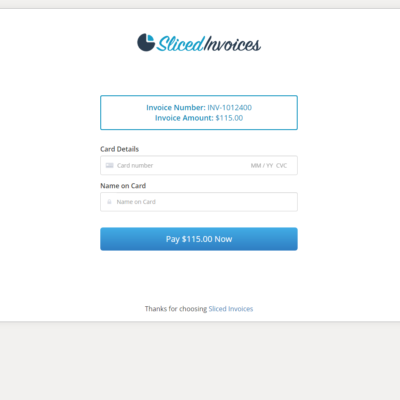

After the grace period, you can’t report usage from the previous billing period.įor example, consider a billing period that ends at midnight. Otherwise, we bill that usage in the current period. If the invoice for the previous period isn’t finalized, we add that usage to it. However, to account for clock drift between your server and Stripe’s systems, we provide a short grace period in the default aggregation mode ( aggregate_usage = sum).ĭuring the first few minutes of each billing period, you can report usage that occurred within the last few minutes of the previous period.

Reporting usage outside of the current billing period results in an error. This value assumes that the price is configured with aggregate_usage=sum and that you write usage as it occurs, passing it to Stripe with the current timestamp.Ī set value for the action parameter supports the case where you aggregate usage yourself, and configure the price with aggregate_usage=last_during_period or aggregate_usage=last_ever. The default value for the action parameter is increment.

Stripe expects that you maintain your own system for recording customer usage, but you must also provide usage information for subscriptions to Stripe. With Package pricing, you set the unit amount to values of 2 or more.With Standard pricing, the quantity defaults to 1.
#Stripe invoice subscription update#
With both models, you specify the number of units when you create or update a subscription. Both of these models map to the licensed ( recurring='licensed') usage type. In the Dashboard, you can select Standard pricing or Package pricing as pricing models. Metered usage Package and standard pricing Make sure you set up Stripe.įor other versions of per-seat pricing, see the advanced models section.

Next, create the monthly price for the Per-seat product:
#Stripe invoice subscription how to#
The subscription integration guide explains how to fit pricing models into a full integration. You can edit the product and price later.


 0 kommentar(er)
0 kommentar(er)
